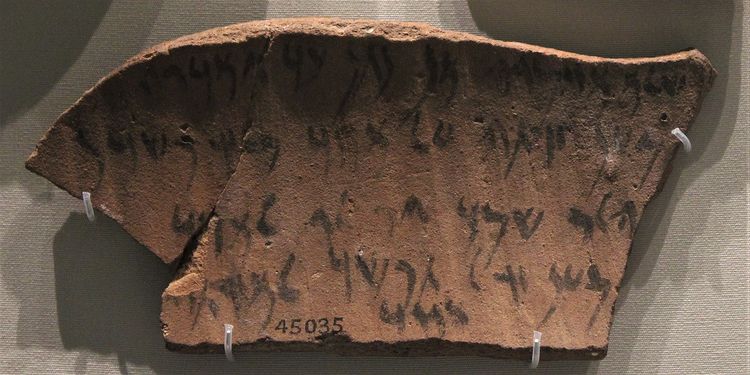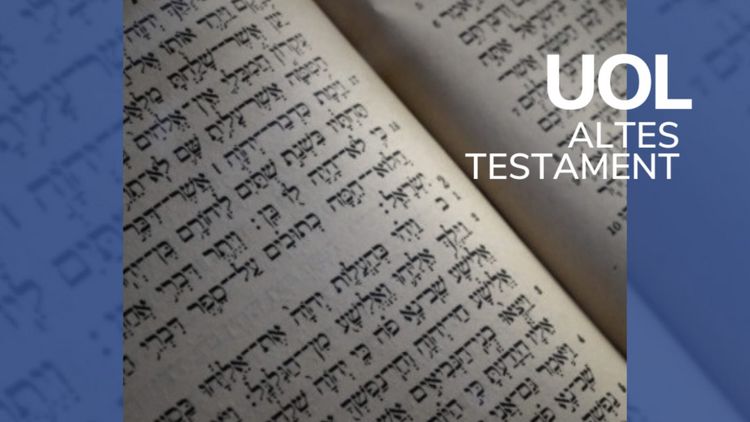Interrogating the Past: Jewish Cultural Heritage in the Achaemenid period
Lehrstuhlinhaber/in:
Involved Institutions
- Prof. Dr. Benedikt Hensel (Chair of Hebrew Bibel; Emerging Judaism, University of Oldenburg) (project-coordinator and lead)
- Dr. Gad Barnea (Department of Jewish history and Biblical Studies, University of Haifa, Israel) (project-coordinator and lead)
- Prof. Dr. Dr. h.c. Thomas Luhmann (Jadehochschule Oldenburg - The Institute for Applied Photogrammetry and Geoinformatics)
- Verbundzentrale des GBV (VZG)/ Common Library Network Göttingen)
- Israeli Antiquities Authority, Israel
- National Research Data Infrastructure Germany (NFDI) (www.nfdi.de)
Interrogating the Past: Jewish Cultural Heritage in the Achaemenid period
Internationales Forschungsprojekt
Prof. Dr. Benedikt Hensel, Universty of Oldenburg
Dr. Gad Barnea, University of Haifa

(Elephatine ostracon BM 45035. License: Wiki commons)
Institutions involved
- Prof. Dr. Benedikt Hensel (Chair of Hebrew Bibel; Emerging Judaism, University of Oldenburg) (project-coordinator and lead)
- Dr. Gad Barnea (Department of Jewish history and Biblical Studies, University of Haifa, Israel) (project-coordinator and lead)
- Prof. Dr. Dr. h.c. Thomas Luhmann (Jadehochschule Oldenburg - The Institute for Applied Photogrammetry and Geoinformatics)
- Verbundzentrale des GBV (VZG)/ Common Library Network Göttingen)
- Israeli Antiquities Authority, Israel
- National Research Data Infrastructure Germany (NFDI) (www.nfdi.de)
Related PhD-Project at Oldenburg
Benjamin Schnabel (Stuttgart Hochschule der Medien - University of Applied Sciences - project lead “Digital Humanities in Jewish Studies”) (since 06/2023) – Topic: „Digital Humanities and Advanced Technologies in Epigraphy: Digitalizing the Corpus of the Iron IIC and Persian Period Hebrew and Aramaic Inscriptions”
Carl von Ossietzky-Gastdozentur: Dr. Gad Barnea
Auf Einladung von Prof. Dr. Benedikt Hensel (Altes Testament) kommt der Israelische Wissenschaftler Dr. Gad Barnea (Hebräische Bibel und Judaistik an der Universität Haifa/Israel) als Carl von Ossietzky-Gastdozent im Wintersemester 2023/24 nach Oldenburg. Hensle und Barnea arbeiten dort u.a. gemeinsam im Projekt „Advanced Technilogies in Epigraphy”.
Zur Presseberichterstattung der UOL über Gad Barnea und einme Interview mit ihm geht es hier entlang.



